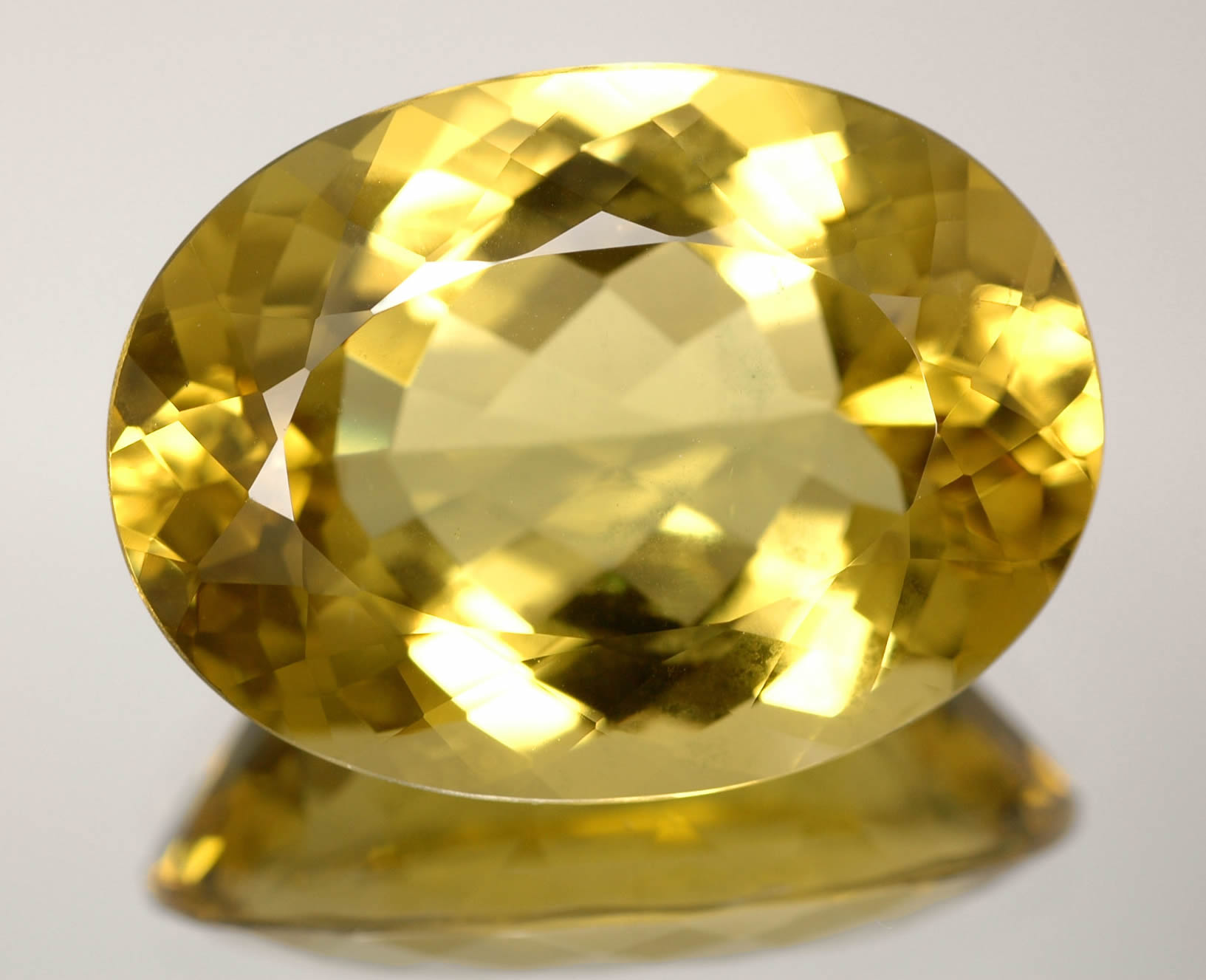Beryl Path as a Mineralogical Concept

Beryl path – Beryl is a silicate mineral composed primarily of beryllium, aluminum, and silicon. Its chemical formula is Be3Al2Si6O18. Beryl crystallizes in the hexagonal crystal system, forming prismatic crystals with a vitreous luster.
The Beryl Path, an ancient trade route that wound its way through treacherous mountains and valleys, held secrets untold. As the sun dipped below the horizon, casting long shadows across the path, a whisper carried through the air, “Have you heard of the exploits of Brandon Aiyuk, the young wide receiver for the Pittsburgh Steelers?” Intrigued, travelers paused their journey to learn more about this rising star, whose dazzling speed and agility had set the gridiron ablaze.
With each tale shared, the legend of Brandon Aiyuk grew, becoming intertwined with the ancient lore of the Beryl Path, forever etched in the annals of both history and sport.
The color of beryl varies depending on the presence of impurities. Pure beryl is colorless, but trace amounts of other elements can produce a wide range of hues. Green beryl, known as emerald, is the most valuable variety. Other colors include blue (aquamarine), pink (morganite), yellow (heliodor), and red (bixbite).
Geological Occurrence and Mining Methods
Beryl is a relatively rare mineral found in pegmatites, which are igneous rocks formed from the crystallization of magma. Beryl crystals can also be found in metamorphic rocks, such as schist and gneiss. Beryl is mined using a variety of methods, including open-pit mining, underground mining, and placer mining.
Beryl Path in Gemology and Jewelry
Beryl’s unique optical properties make it a highly prized gemstone. Its transparency, hardness, and exceptional brilliance allow it to showcase a wide range of colors and optical phenomena.
Beryl is cut and polished using various techniques to enhance its beauty. Faceting maximizes light reflection, creating a scintillating sparkle. Cabochon cutting, where the stone is shaped into a smooth, rounded surface, highlights its transparency and color.
Historical and Cultural Significance, Beryl path
Beryl has played a significant role in jewelry design throughout history. In ancient Egypt, emeralds were associated with the goddess Isis and were often used in amulets and jewelry. In the Victorian era, emeralds were highly sought after for their rich green color, and were often set in elaborate gold and diamond settings.
Beryl Path in Industry and Technology

Beryl finds extensive applications in various industrial and technological fields due to its unique properties. Its exceptional hardness, thermal stability, and optical clarity make it a valuable material for diverse applications, including lasers, medical devices, ceramics, and glass production.
Lasers and Medical Devices
- Beryl crystals are essential components in high-power lasers, such as Nd:YAG (neodymium-doped yttrium aluminum garnet) lasers, which are widely used in medical applications like laser surgery, laser skin treatments, and laser eye surgery.
- Beryl is also used in the production of medical devices, such as surgical instruments, dental tools, and implants, due to its biocompatibility and resistance to corrosion.
Ceramics and Glass Production
- Beryl is an important component in the production of ceramics, adding strength and durability to the final product. It is used in the manufacturing of spark plugs, insulators, and other high-performance ceramic materials.
- In glass production, beryl is added to improve the clarity and reduce the melting point of the glass. It is used in the production of optical glass, laboratory glassware, and specialty glass products.
Sustainable and Environmentally Friendly Resource
Beryl is a sustainable and environmentally friendly resource due to its abundance and durability. Its use in industrial and technological applications contributes to the reduction of waste and the conservation of natural resources. Additionally, beryl’s resistance to corrosion and high-temperature environments makes it a suitable material for long-term applications, reducing the need for frequent replacements.
The beryl path is a journey of self-discovery and transformation. It is a path that leads to a deeper understanding of oneself and one’s place in the world. Along this path, we may encounter many challenges and obstacles, but we also discover our strengths and resilience.
As we progress on this journey, we may also find inspiration in the lives of others who have walked a similar path, such as Tim Scott. Tim Scott’s story is a testament to the power of perseverance and the importance of following one’s dreams.
He is a role model for all who are seeking to make a difference in the world. His journey is a reminder that the beryl path is not always easy, but it is a path that is worth taking.